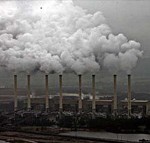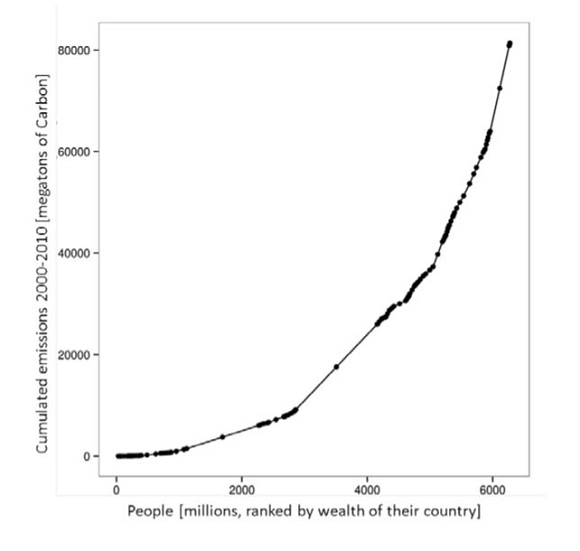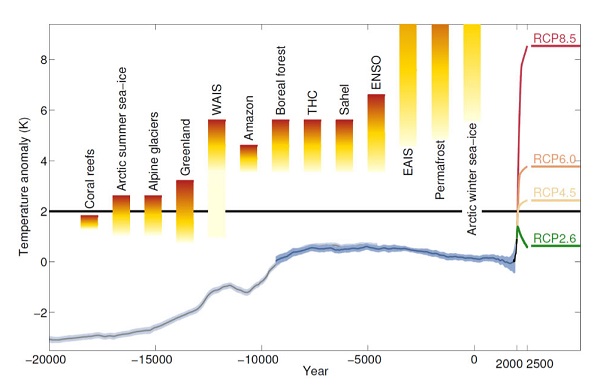1. Hazelwood owner issues ‘call to arms’ against coal

- The French company that owns the Hazelwood brown coal generator in Victoria – the dirtiest power station in Australia – has issued a “call to arms against coal.”
Gerard Mestrallet, the chairman CEO of GDF Suez, which now calls itself Engie as part of a major corporate make-over, signalled a big push against coal-fired generation in a series of meetings earlier this month at a major gas conference and a pre-Paris business seminar.
The comments were made as Europe’s major gas companies – of which Engie is one – called for a switch from coal to gas, and for a significant carbon price to be imposed to hasten that transition.
Also:
- Engie – which owns plants ranging from coal, gas and nuclear, to increasing investments in wind, solar and hydro – is also forecasting the decline of centralised fossil fuel generation.
It argues that 50 per cent of all generation will be sourced locally, rather than from centralised coal or nuclear generators. It is forecasting a massive energy transition as generation becomes decentralised and digitised.
(Emphasis added)2. A what?! Yes, a wind farm commissioner
There has been some whining from the cross bench (Lambie, Day, Leyonhjelm and Madigan). Tony Abbott, Joe Hockey and Alan Jones don’t like wind farms, nor do the IPA. Reason enough to appoint a wind farm commissioner.
This geezer, you understand, will act as a post box, receiving complaints and passing them on to the states to deal with.
Greens Senator Larissa Waters asked, why not have a coal mine commissioner to look at the health impacts of what is genuinely a damaging fossil fuel?
- “Unfortunately this is more of what can be expected from the Government’s tin foil hat brigade.”
Former disability discrimination commissioner Graeme Innes is outraged by the Government’s wind farm move. Innes was not replaced when his term finished last year.
There’s more at RenewEconomy. It’s about the Abbott government’s anti-wind push.
3. Schellnhuber’s speech
Hans Joachim (John) Schellnhuber of the Potsdam Institute for Climate Impact Research made some interesting points in his speech at the Vatican press conference to launch the encyclical. This is his first figure:

- Figure 1: Distribution of global carbon emissions over the world population (grouped in countries and ranked by their wealth). The left part of the curve is “flat”, indicating that the bottom billion contributes virtually nothing to global warming. Also, the lower income groups contribute little to global emissions on average. The right part of the curve is “steep”, indicating how much more the lifestyle of the average individual in rich countries contributes to the total global problem.
The second shows temperature against tipping points:

The line plots temperature against time. The RCPs are the IPCC’s Representative Concentration Pathways with various emissions scenarios expressed in watts per square metre. RCP8.5 is business as usual, with CO2 reaching 936 ppm. RCP2.6 sees limiting CO2 to 421 ppm. I’ve explained more in this post.
The bars show the various tipping points where major subsystems of the climate system are destabilised. WAIS = West Antarctic Ice Sheet, THC = Thermaholine Current, EAIS = East Antarctic Ice Sheet. I think the bars are placed quite conservatively. For example the WAIS is already losing volume.
We are already at 480 ppm of CO2 equivalent (all greenhouse gases). Compare this to RCP4.5 with 538 ppm.
Schellnhuber emphasises risk and the non-linearity of the process.
4. Coral atolls grow as sea levels rise
A surprising result has come from a study of Tuvalu in relation to sea level rise. 18 of the 29 islands have grown, with an overall gain of 18 hectares.
Storms break up coral, which is then deposited on the islands, which change shape or move sideways.
The article does not say whether the new land is fertile. I’d suggest that in the sort to medium term it is not.
Also, it seems to me, the effect observed will give only a temporary reprieve as the coral is used up and overwhelmed. Remember that the survival of coral becomes very difficult with only 1.5°C of warming.


Coral atolls often develop as rock Islands sink below the sea. Coral growth keeps up with the sinking so that the atolls persist even when the the rock has sunk beyond the point where a new reef could grow on it. The atoll maintains dry land because coral is broken off from the reef and washed on to the atoll.
So, while it might be unexpected, it is not surprising that atolls are not disappearing because of sea level rise.
The crisis will come when sea level acidification reaches a point where atoll building coral cant grow anymore.
Yep, the commissioner for tilting at windmills. Don Tony seems to be getting crazier and crazier. The scary thing is that he is not the only one in his party room.
The National party should be frothing. Leasing land to wind farms are a nice little earner for numerous farmers. And, best of all, the money keeps coming during droughts.
On coral reefs there are four main impacts from climate change. First, acidification. Second, coral bleaching. Third, storminess. Fourth, sea level rise. One wouldn’t expect them to survive as a positive contributor to island building in the longer term.
Schellnhuber sees coral reefs as the first major ecological subsystem under threat.